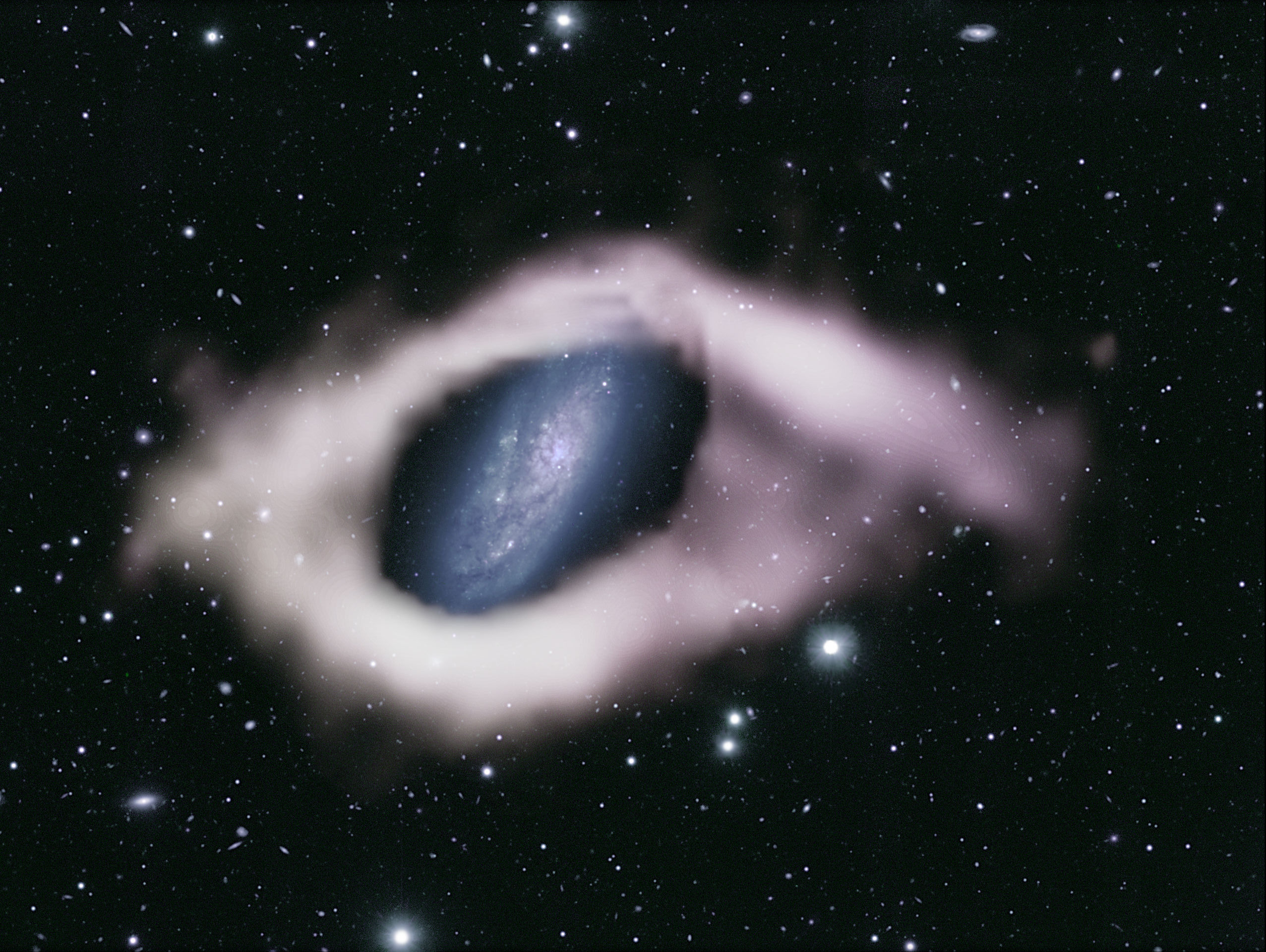
Many galaxies resemble the Milky Way, with billions of stars organized into a rotating, rotating spiral. There are other irregular galaxies and giant elliptical galaxies with less defined structures, but one of the most bizarre types of galaxies is called "polar rings." In these galaxies, the central core is surrounded by a ring of gas and a star perpendicular to the central spiral disk. It's believed they're formed when a larger galaxy swallows a smaller one, extruding its stars into a ring. A recent survey revealed two previously unknown polar ring galaxies, which could be more common than previously believed.
Continue reading
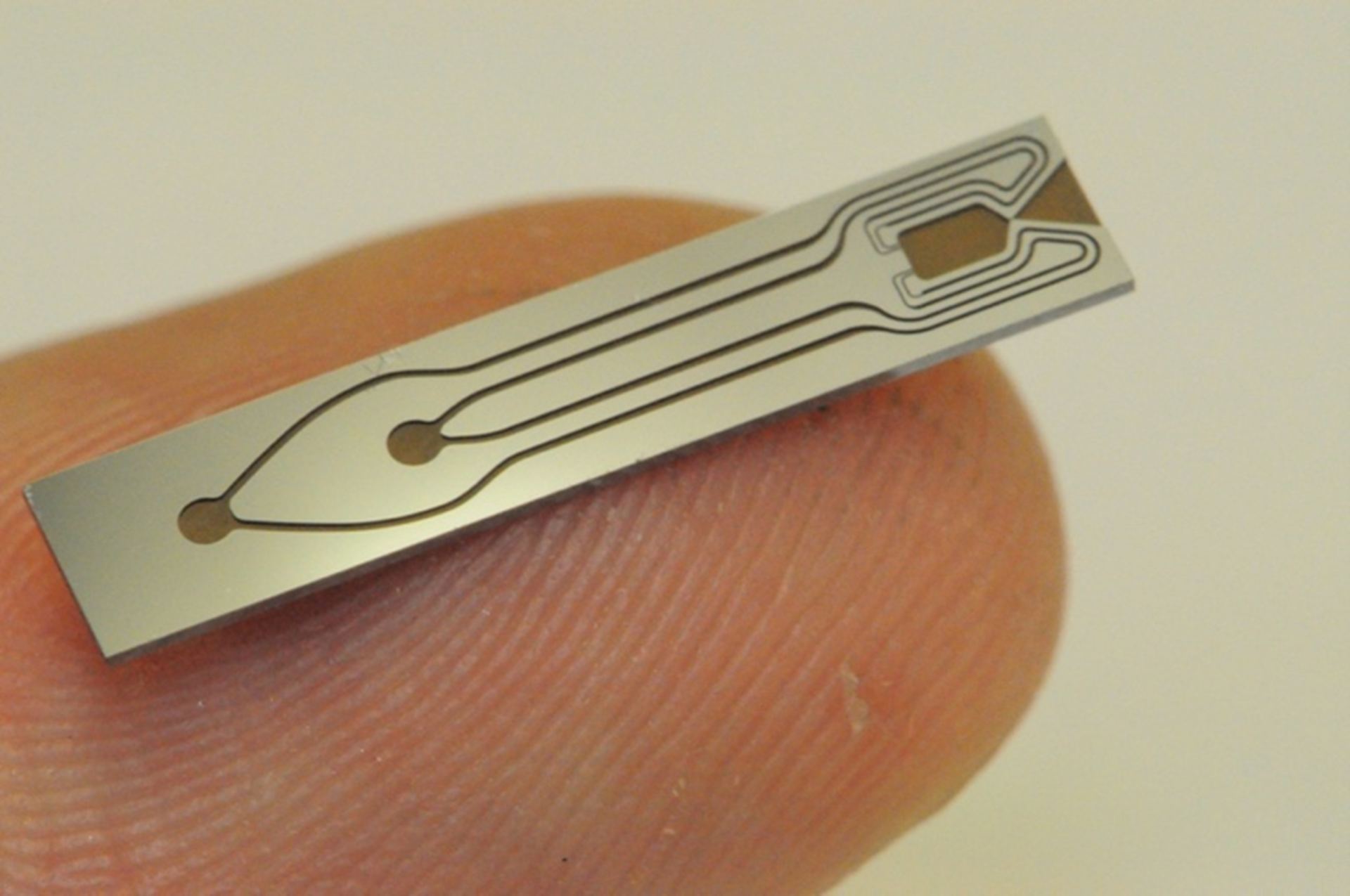
Continue reading
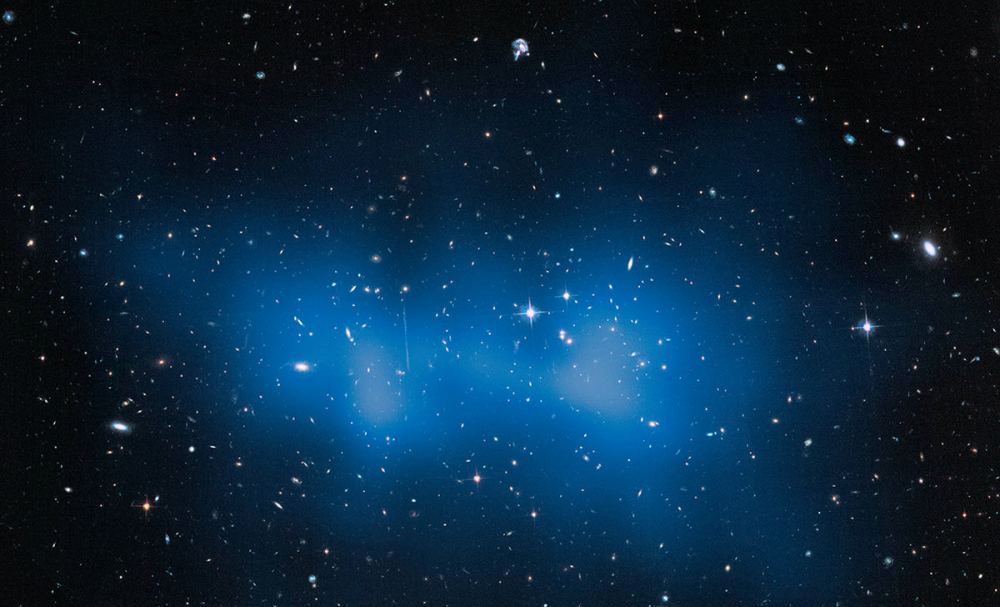
Continue reading
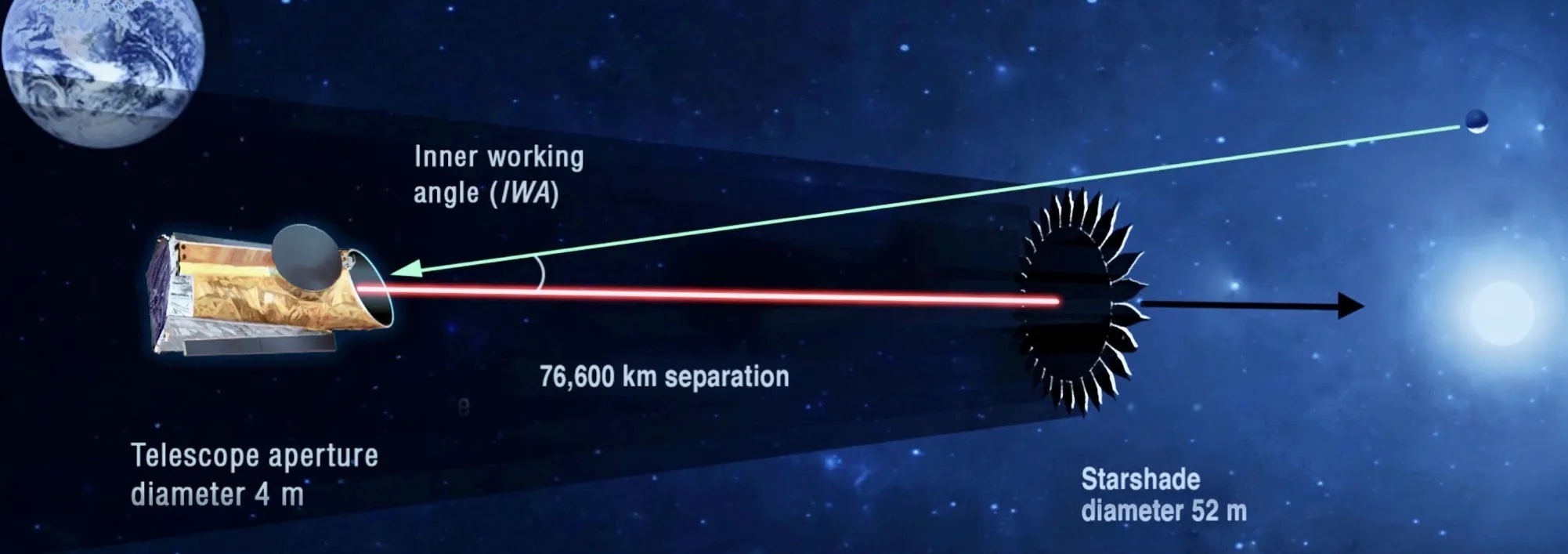
NASA and its partners are starting to develop plans for the Habitable Worlds Observatory flagship mission that's due to launch in the late 2030s or 2040s. Its primary goal will be to observe other Earth-sized worlds orbiting Sun-like stars within the habitable zone. To do this requires blocking the light from the star with an internal coronagraph and a separate starshield. A new paper suggests that NASA should consider a "photonic chronograph" that could be twice as effective in revealing faint planets beside bright stars.
Continue reading
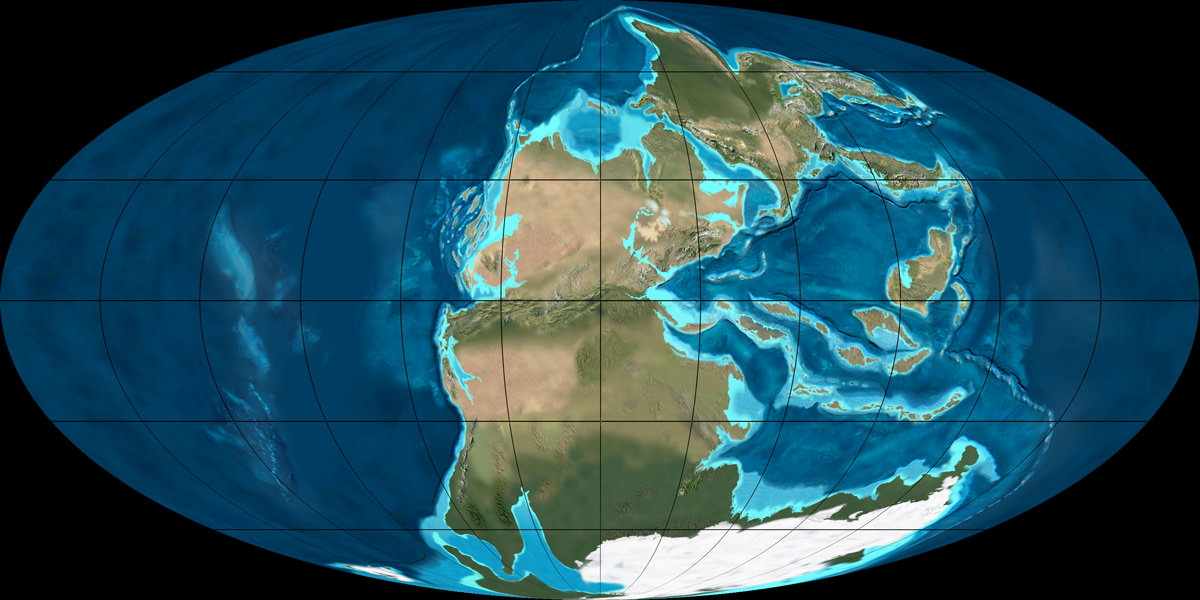
Continue reading
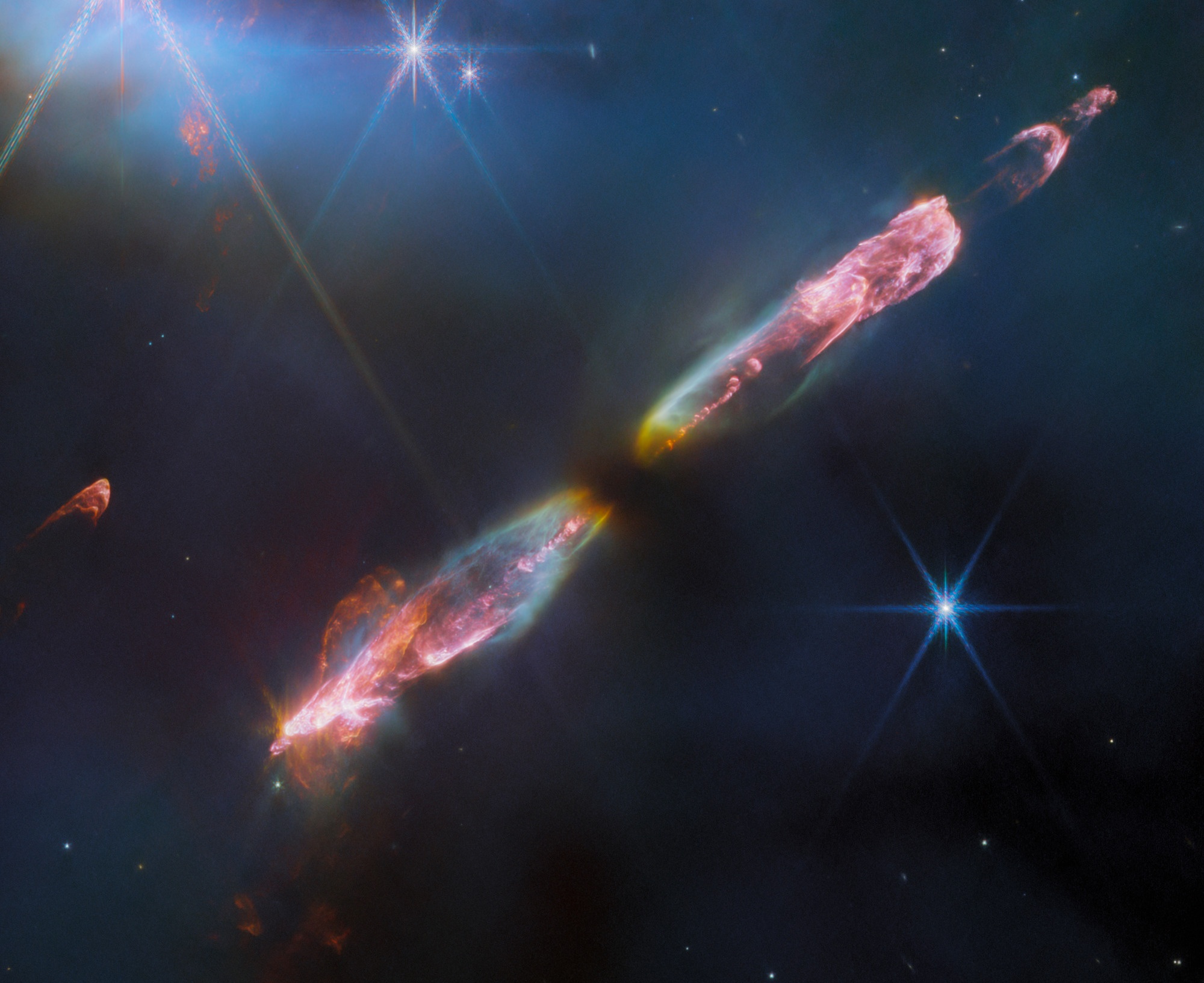
Continue reading
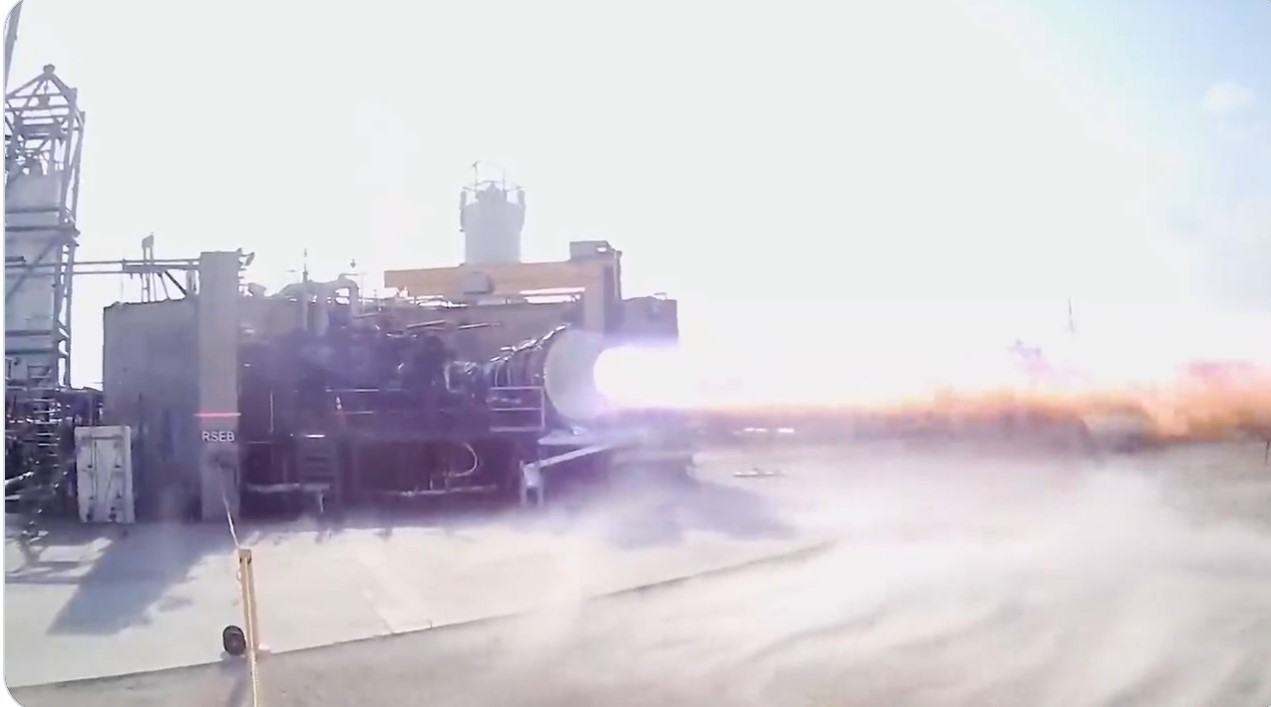
Continue reading
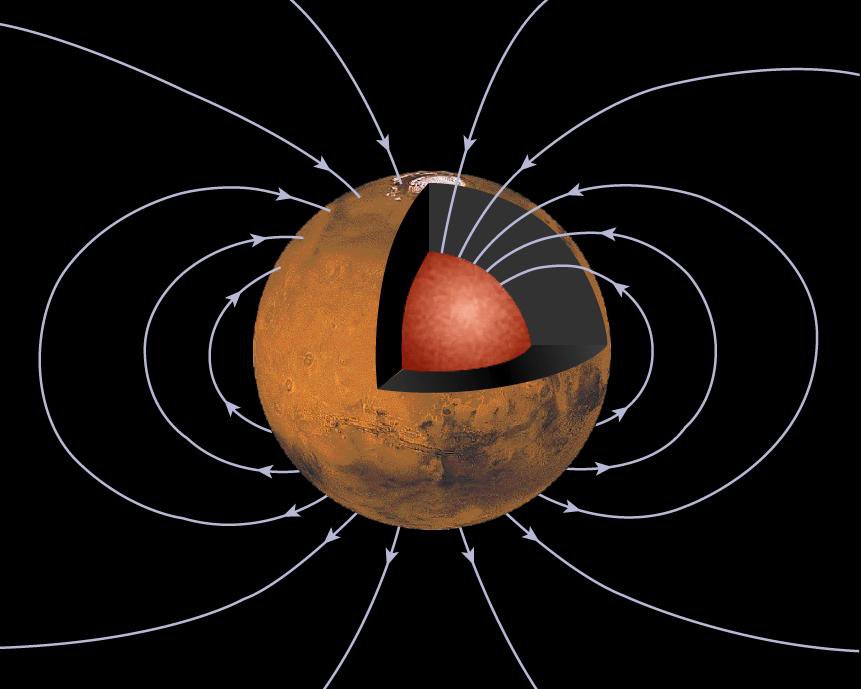
Continue reading
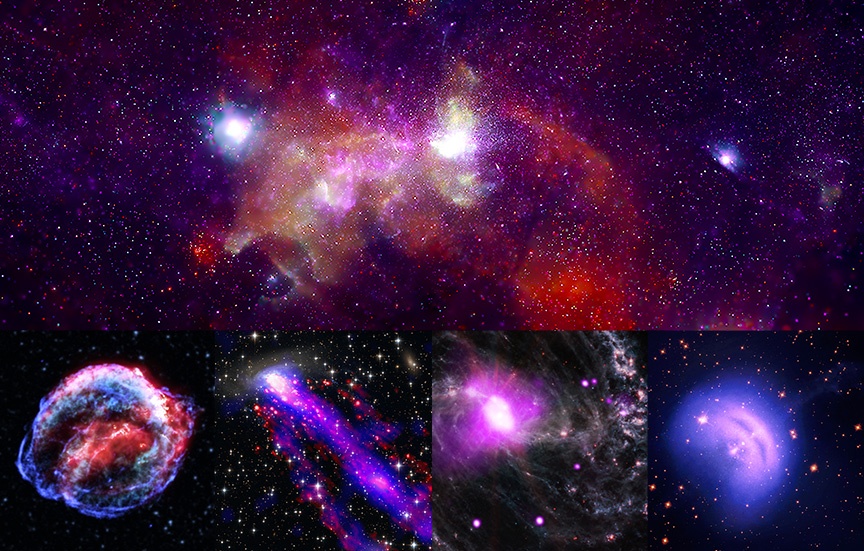
Continue reading
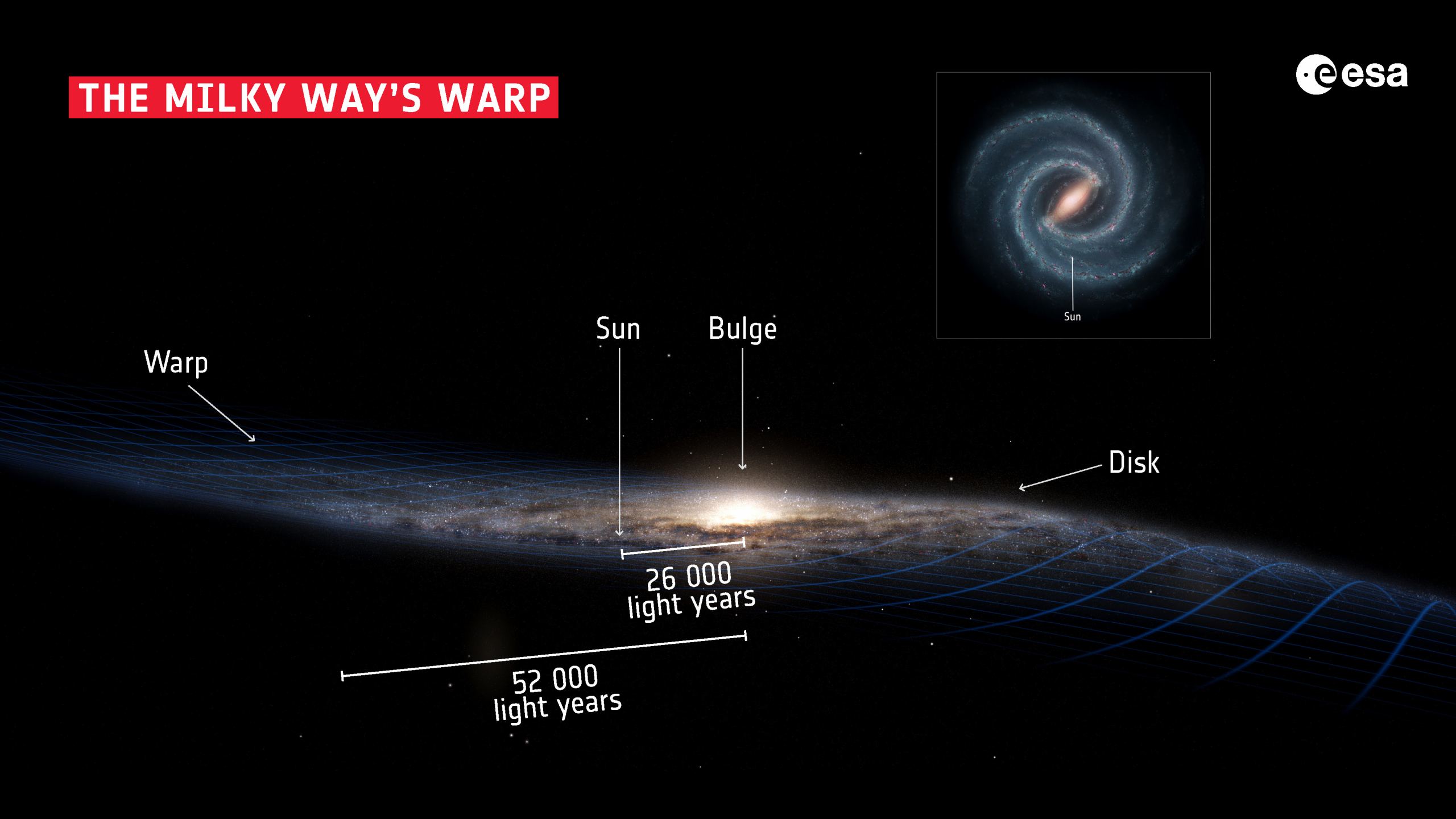
Astronomers have measured the Milky Way's shape and found that the disk is warped and not a flat spiral like many of the galaxies we see in the Universe. It was assumed a collision with another galaxy in the ancient past caused this warping. Observations have shown that the galactic stellar halo is tilted concerning the galactic plane, and a new theory proposes that the dark matter halo is tilted, too. This tilt might be torquing the galaxy, causing the warp that astronomers have observed.
Continue reading
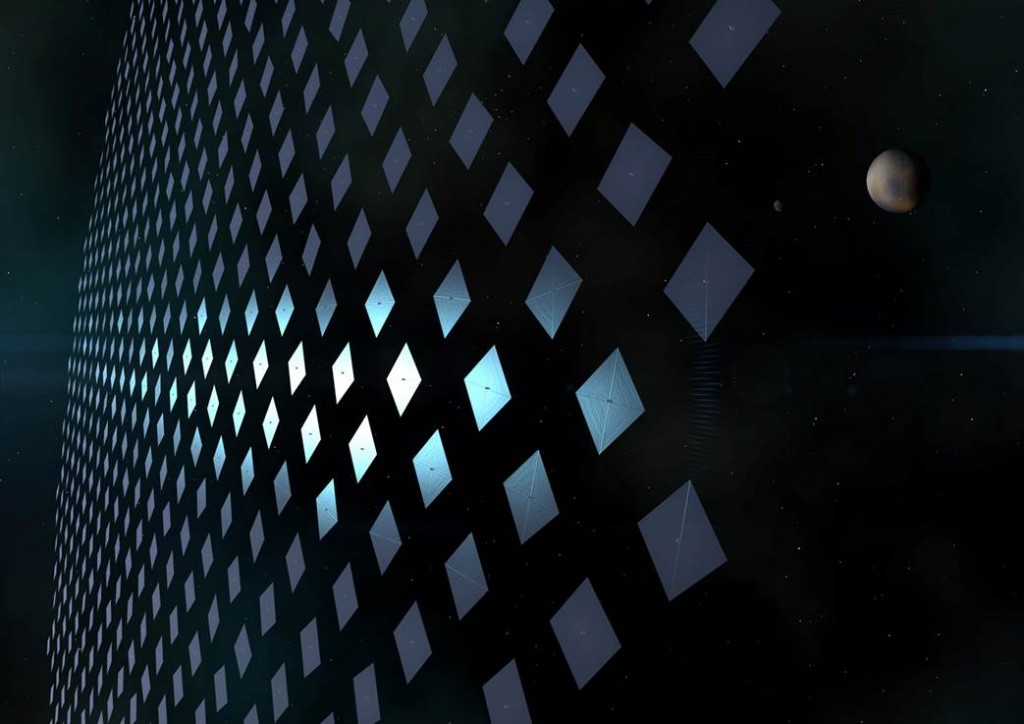
New research from the Institute for Interstellar Studies explains how swarms of thousands of tiny spacecraft could maintain communications with Earth while exploring nearby stars.
Continue reading
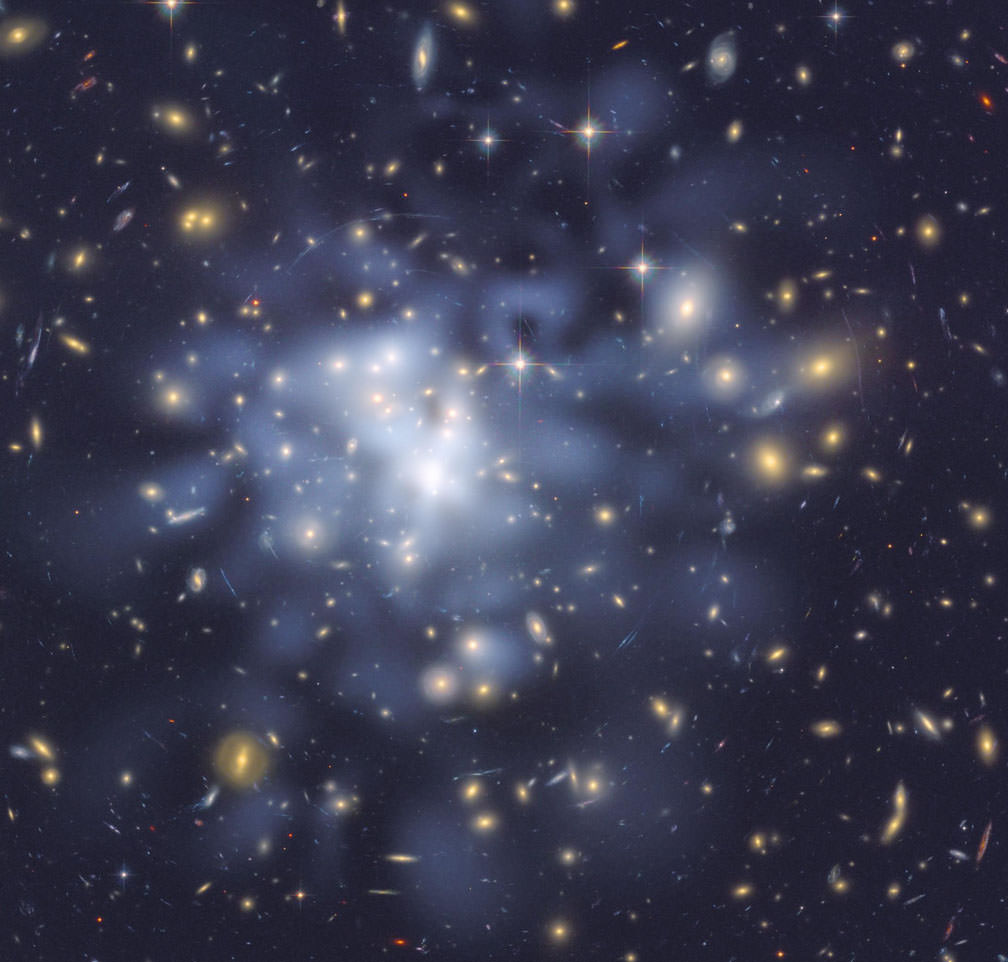
Continue reading
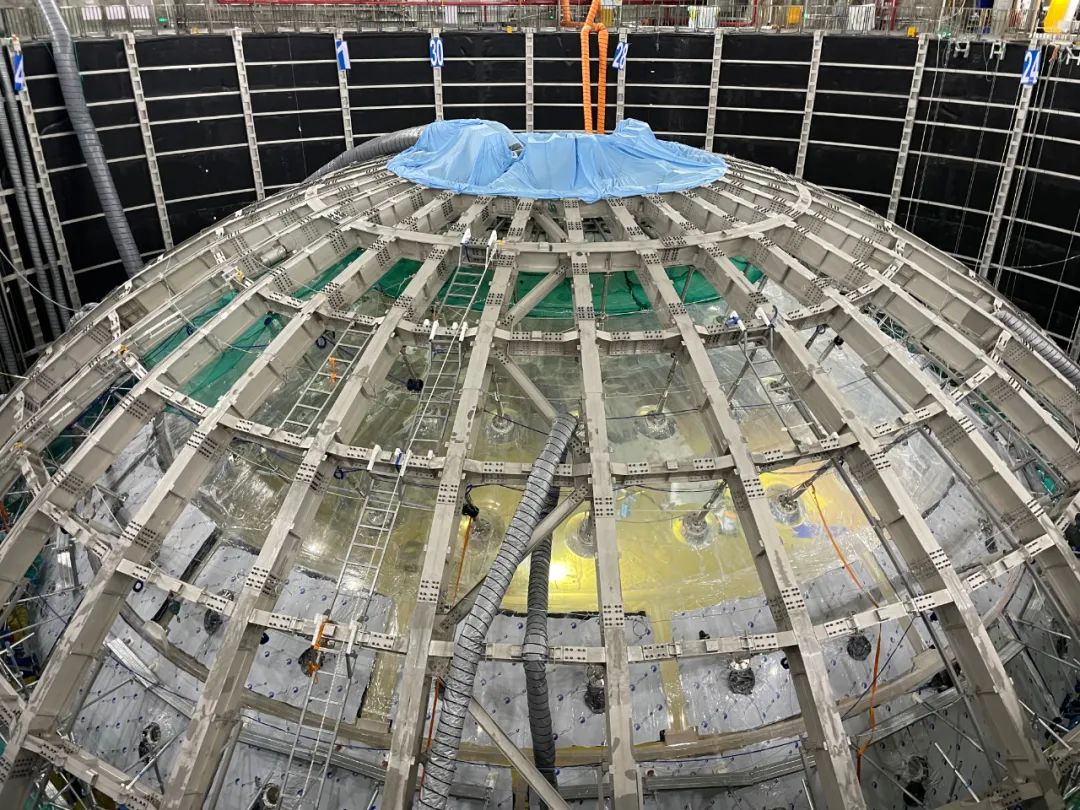
Although we haven't had a supernova explode nearby in a few hundred years, it's just a matter of time before it happens. Astronomers want to be ready. The Jiangmen Underground Neutrino Observatory is being built in China and should be gathering its first data by the end of 2023. If all goes well, it can detect a burst of neutrinos coming from a core-collapse supernova before we can see the flash of radiation. As the star is imploding, energy piles up inside the star, but the neutrinos can freely escape, arriving seconds earlier than the radiation. It'll have a range of 3,000 light-years for pre-supernova neutrino detections and 1.2 million light-years for post-supernova detection.
Continue reading
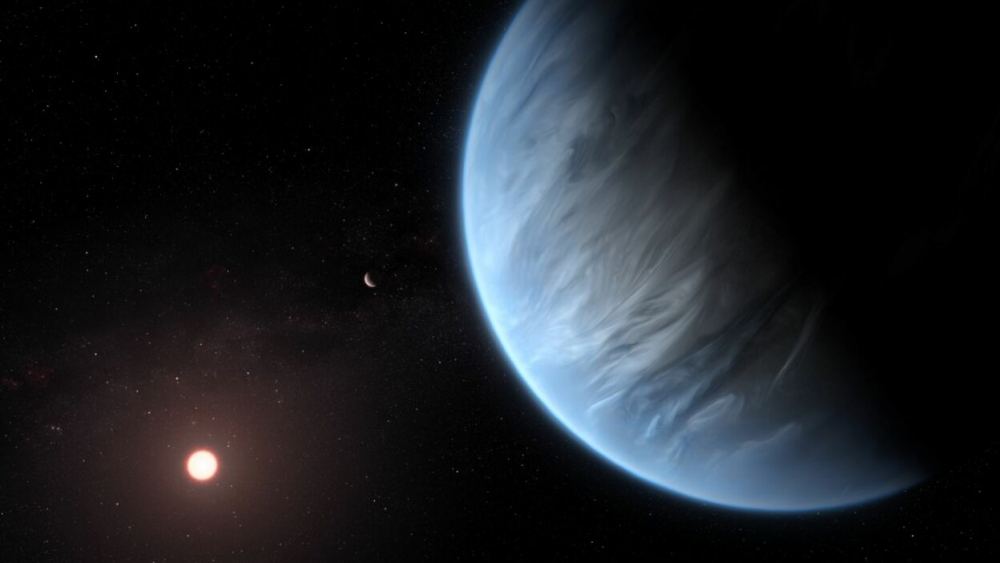
Continue reading
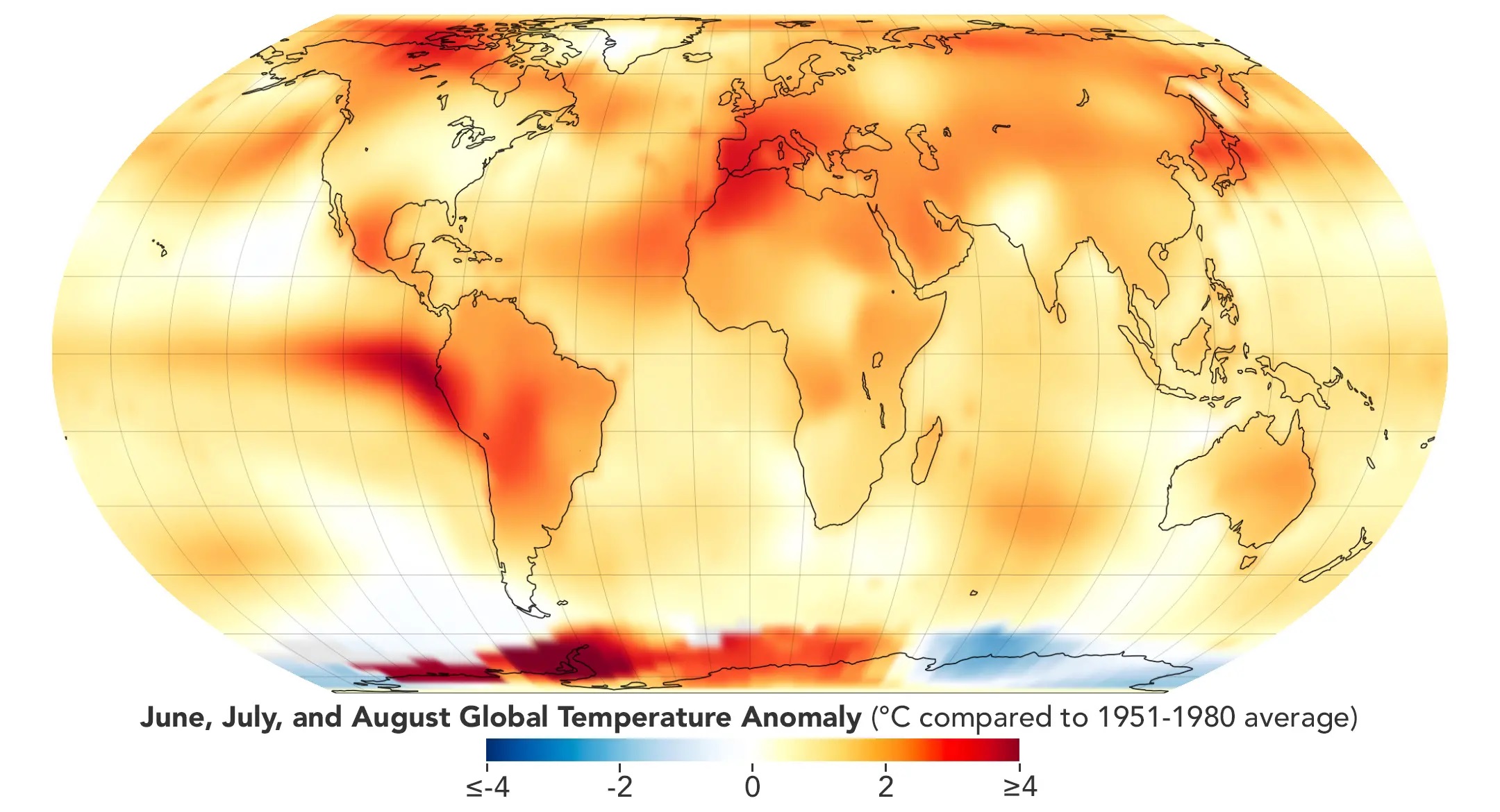
Continue reading
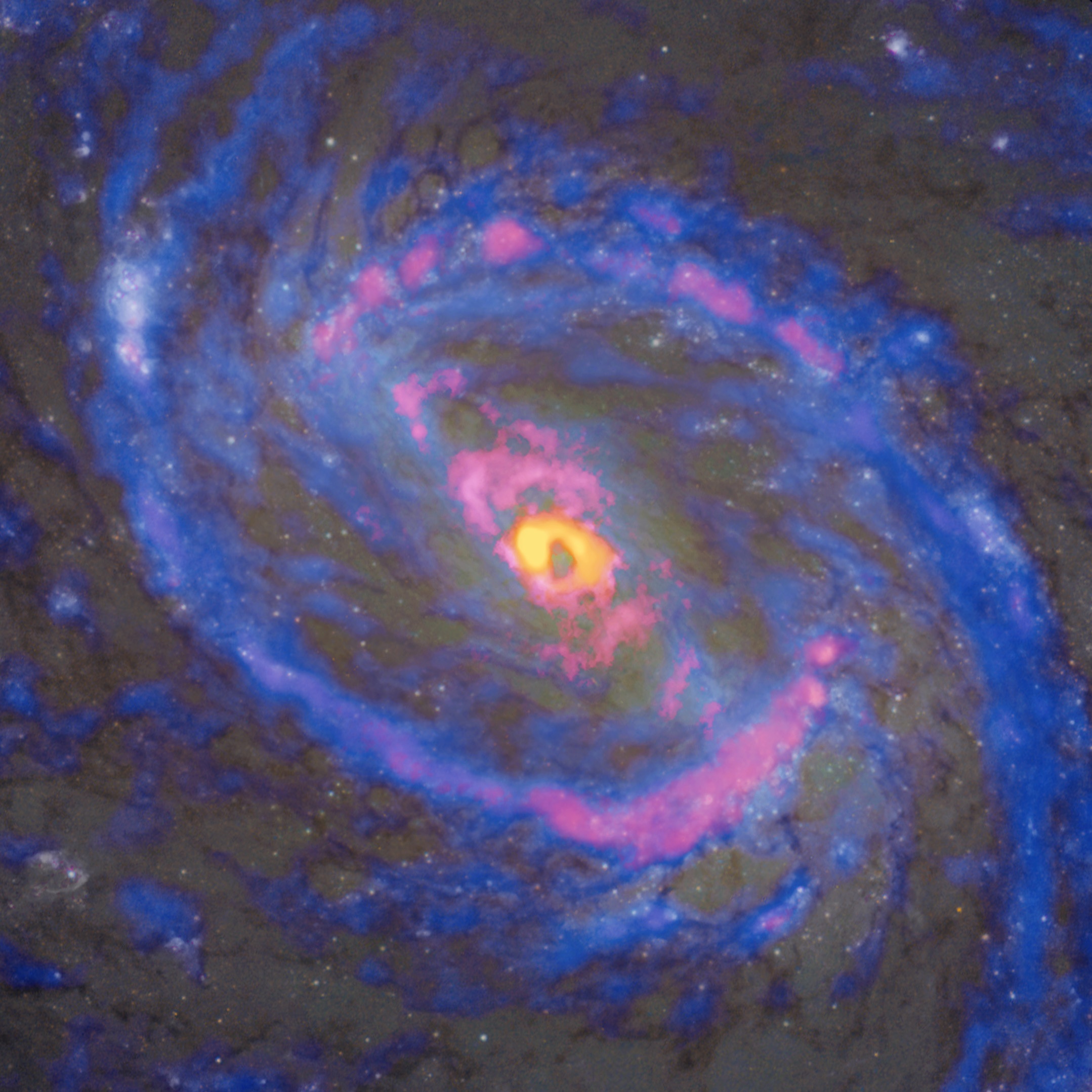
Continue reading

Continue reading
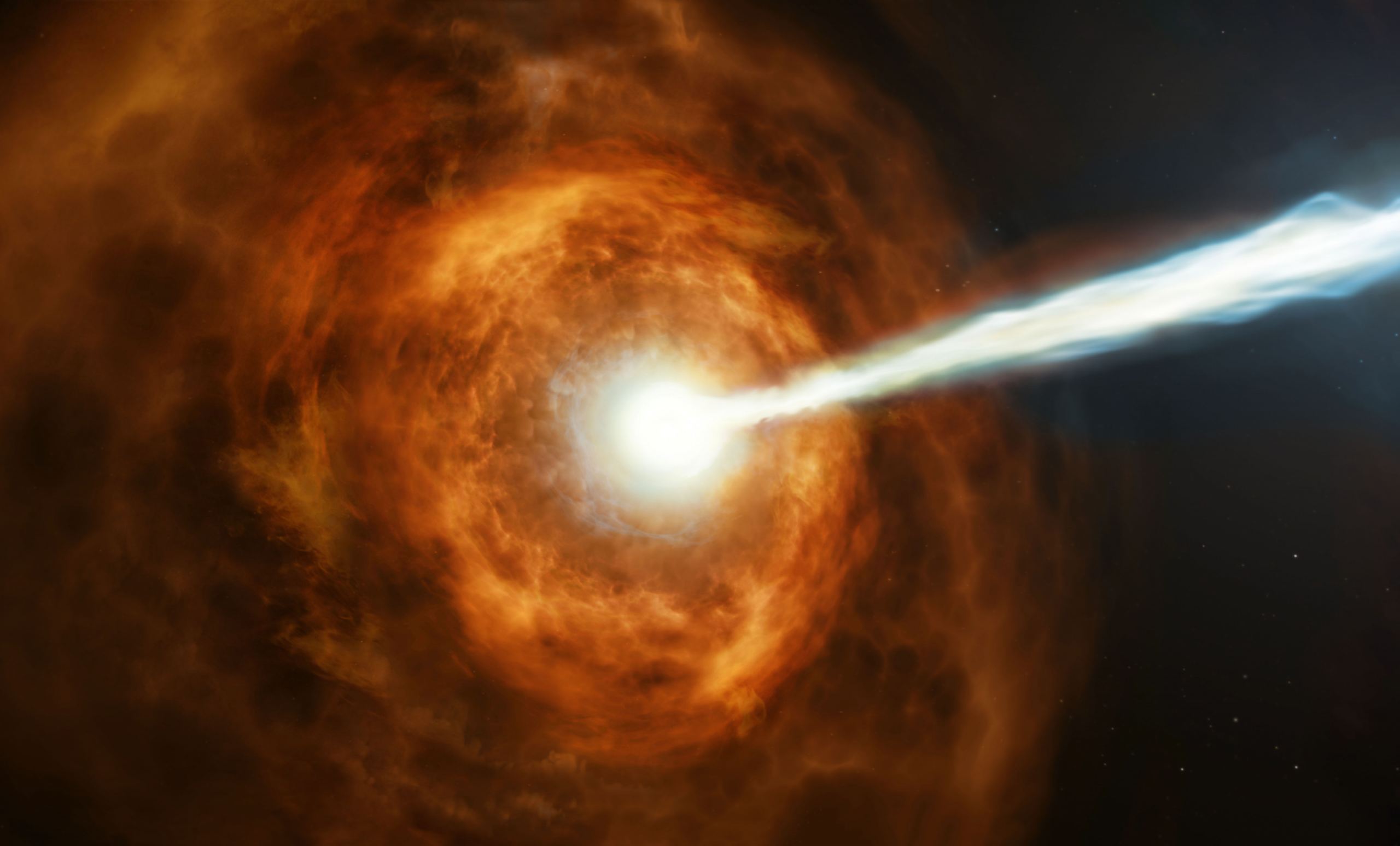
Gamma-ray bursts are some of the most powerful explosions ever detected, emitting more radiation than the rest of their host galaxy combined. In October 2022, a gamma-ray burst struck the Solar System and interacted with the heliosphere. This set off charged particle detectors in spacecraft, from Mars to Earth, to the Earth-Sun L1 Lagrange Point. These separate detections allowed astronomers to track the motion of the radiation as it moved through the Solar System and allowed them to determine the location of the explosion.
Continue reading
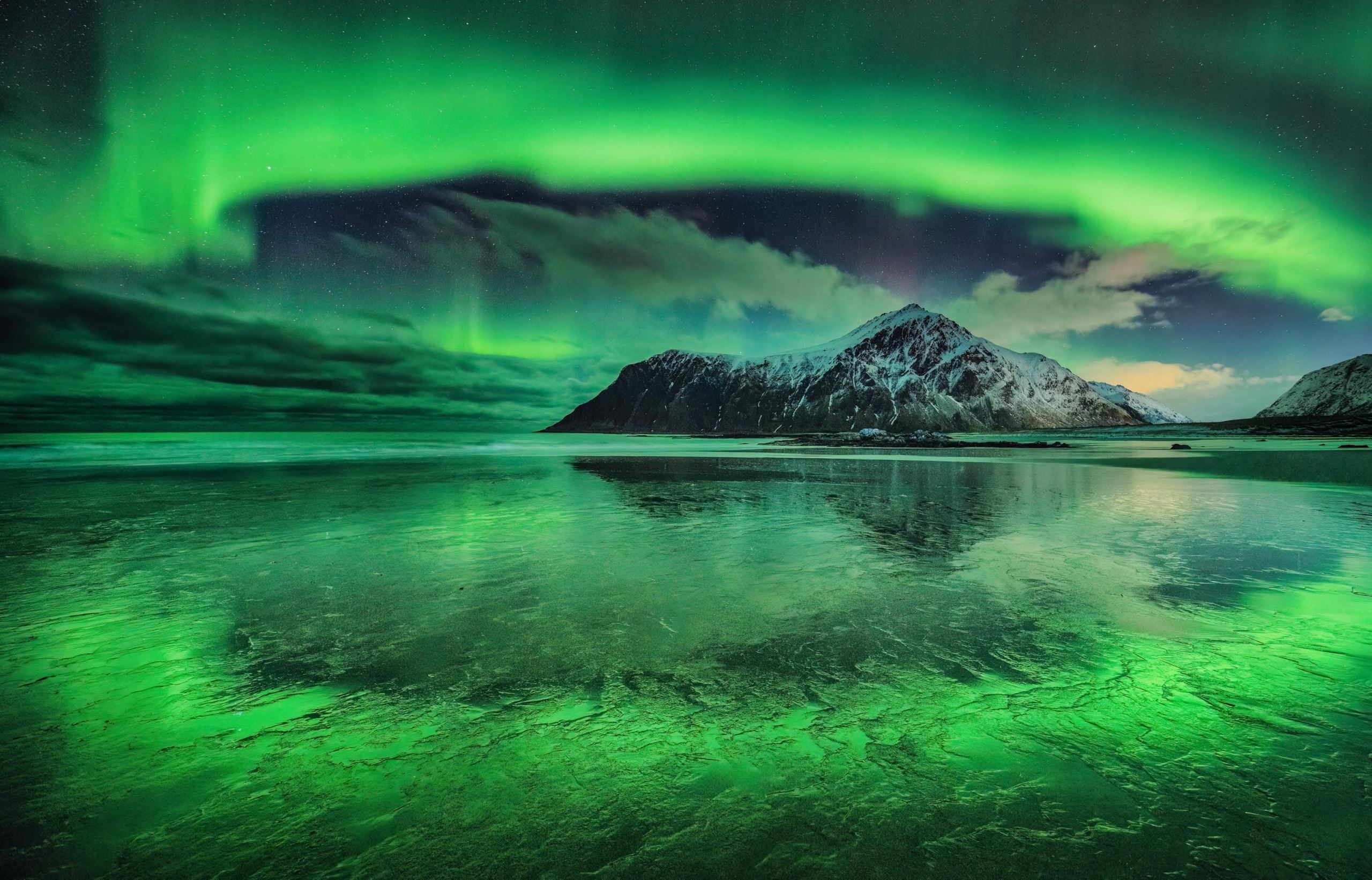
Continue reading
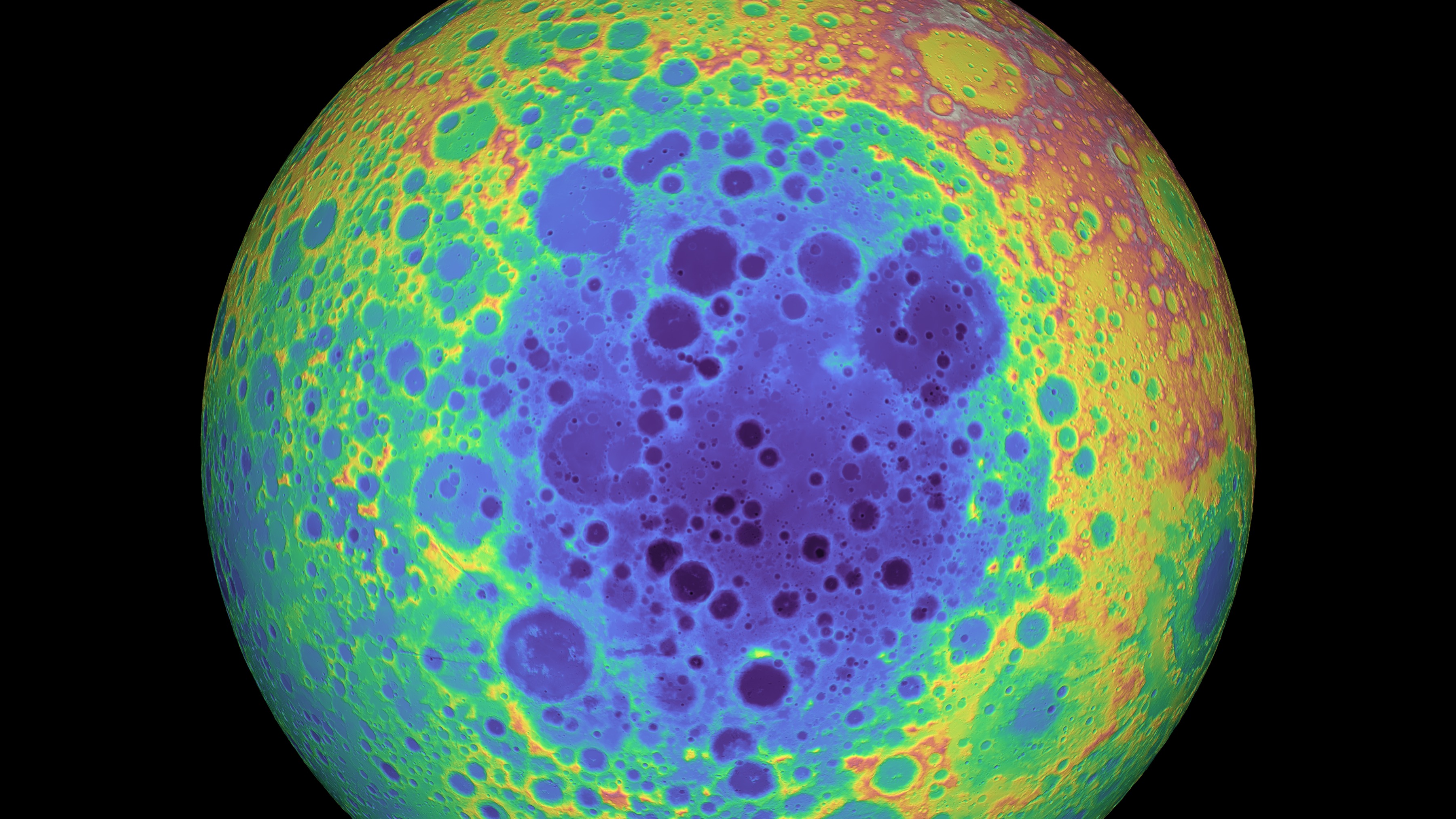
According to new research from the PSI, water ice found within permanently-shadowed craters on the Moon is younger than previously thought.
Continue reading

 Universe Today
Universe Today


















